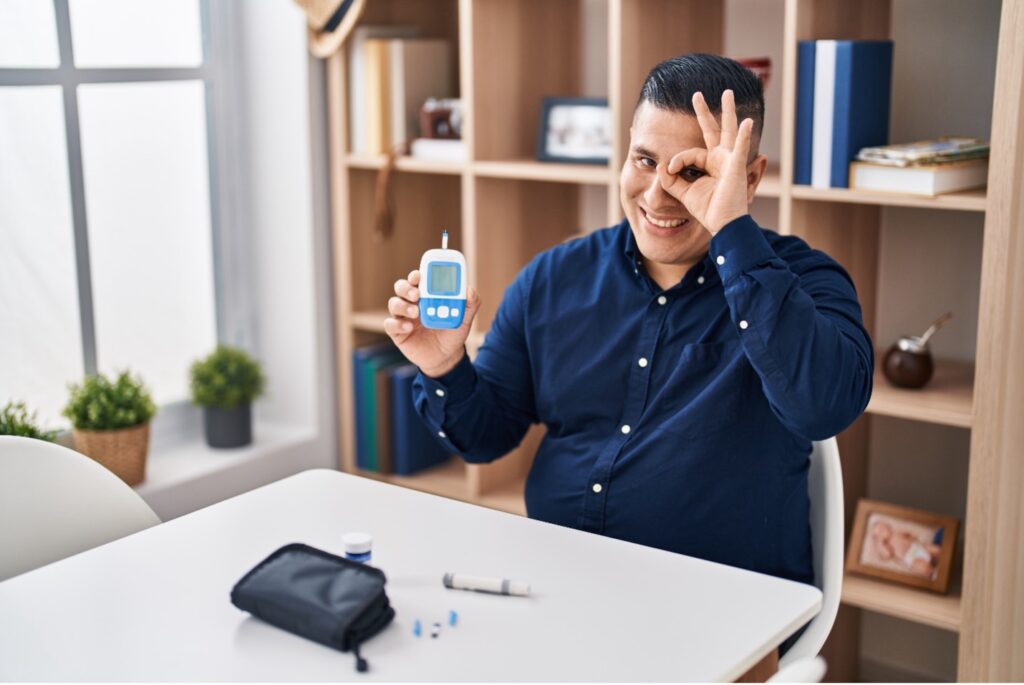
Understanding Diabetic Eye Disease: Causes, Symptoms, and Prevention
INTRODUCTION
Diabetic eye disease is a significant concern for individuals living with diabetes. It can lead to vision impairment or even blindness if left untreated. To help you better understand this condition and its impact, we’ve prepared this comprehensive guide on diabetic eye disease. We’ll cover the causes, symptoms, and essential tips for prevention and management.
What is Diabetic Eye Disease?
Diabetic eye disease refers to a group of eye conditions that can affect people with diabetes. These conditions include diabetic retinopathy, diabetic macular edema, cataracts, and glaucoma. If you have diabetes, it’s crucial to be aware of these potential complications and take steps to prevent them.
Causes of Diabetic Eye Disease
- High Blood Sugar Levels: Consistently high blood sugar levels can damage the blood vessels in the eyes, leading to various eye problems.
- Hypertension: High blood pressure can exacerbate diabetic eye disease by putting extra stress on the blood vessels.
- Duration of Diabetes: The longer you have diabetes, the higher your risk of developing diabetic eye disease.
- Genetics: A family history of eye disease may increase your susceptibility.
Symptoms of Diabetic Eye Disease
- Blurred Vision: Vision can become blurred, making it difficult to read or focus on objects.
- Floaters and Spots: Tiny specks or dark spots may appear in your field of vision.
- Poor Night Vision: Difficulty seeing in low-light conditions.
- Color Vision Problems: Difficulty distinguishing between colors.
- Vision Changes: Sudden changes in vision quality.
Prevention and Management
- Control Blood Sugar: Keeping your blood sugar within the target range is the most effective way to prevent diabetic eye disease.
- Regular Eye Exams: Diabetic individuals should have regular eye check-ups to catch problems early.
- Manage Blood Pressure: Controlling blood pressure is essential for preventing eye complications.
- Healthy Lifestyle: Eat a balanced diet, exercise regularly, and avoid smoking to reduce your risk.
- Medication Compliance: Take prescribed medications as directed by your healthcare provider.
- Protect Your Eyes: Wear sunglasses and a wide-brimmed hat to shield your eyes from harmful UV rays.
- Manage Stress: High stress levels can affect blood sugar and overall health. Practice stress-reduction techniques like meditation and deep breathing.
Conclusion
Diabetic eye disease is a serious concern for those living with diabetes. However, with proper management and preventive measures, you can significantly reduce your risk of vision problems. Regular eye exams, maintaining healthy blood sugar levels, and a balanced lifestyle are crucial components of keeping your eyes in the best possible condition. By taking these steps, you can enjoy a better quality of life and safeguard your vision. Remember, your eyes are precious – take good care of them! Visit our website today to order your MLD Diabetic Risk Test Kit to make sure that you are maintaining healthy blood sugar levels.







